
Art | Resources
Keene Garlic
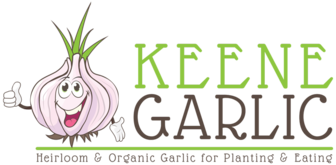 Heirloom and organic garlic for planting and eating. “All our garlic seed has been grown for generations in the US, are NON-GMO, grown organically, and are all heirloom varieties.”
Heirloom and organic garlic for planting and eating. “All our garlic seed has been grown for generations in the US, are NON-GMO, grown organically, and are all heirloom varieties.”
S and J Mandarin Grove
 If you’ve never had a mandarin orange or if you’ve only eaten mandarin oranges out of a can, you are in for a treat. Fresh mandarin oranges are one of my favorite citrus fruits. This small, family owned and operated organic mandarin orchard in the Sierra foothills of California will ship five varieties of mandarin oranges right to your door. They are picked at the peak of their maturity when ready to eat and rushed right to you.you
If you’ve never had a mandarin orange or if you’ve only eaten mandarin oranges out of a can, you are in for a treat. Fresh mandarin oranges are one of my favorite citrus fruits. This small, family owned and operated organic mandarin orchard in the Sierra foothills of California will ship five varieties of mandarin oranges right to your door. They are picked at the peak of their maturity when ready to eat and rushed right to you.you
Antimicrobials in Polyurethane Foam Used in Mattresses and Upholstered Furniture
 Often when I am researching one chemical or product I will get clues about other chemicals in products.
Often when I am researching one chemical or product I will get clues about other chemicals in products.
And so it was that I came across a mention of “antimicrobials in polyurethane foam” and so of course I had to go find out which antimicrobials are used in polyurethane foam.
And it took me about two minutes to find this:
www.ultra-fresh.com/antimicrobial-applications/foams
It’s the antimicrobial used in polyurethane foams. And they specifically boast they are “a proud supporter of CertiPUR-USA“.
It’s “US EPA registered, BPD compliant and Oeko-Tex listed,”
US EPA registered means it’s a registered pesticide. Here’s their EPA Registration
www3.epa.gov/pesticides/chem_search/ppls/010466-00028-20050927.pdf
WARNING
UItra-Fresh*DM-50, as received in its concentrated form, is a potentially dangerous material and should be handled with the care and common sense that be accorded to all biologically active • ( Ultra-Fresh”‘DM-50 – IDS Page 4 of4 March 1998 chemicals. Ultra-Fresb*DM-50 is corrosive to eyes and exposure.can cause skin irritation. May be fatal if swallowed. DQ not get in eyes, on skin, ~r on clothing. Wear goggles or faces shield and rubber gloves when handling. Avoid contamination offood. Treated effluent should not be discharged where it will drain into lakes, streams, ponds, or public water.
This is stamped ACCEPTED by the EPA, but nowhere does it say what the chemical is!
BPD compliant means it meets the requirements of the Biocidal Products Directive (BPD) which is a European Union directive regarding the placing of biocidal products on the market.
Oeko-Tex listed. It actually is Oeko-Tex listed, right here on this page:
OEKO-TEX Products with Biological Activity
It’s part of a group of active chemical products “which have been inspected by independent toxicologists and assessed as harmless to human health when used as indicated and intended. The safety assessments are based on information, test reports, recipes etc. which have been provided by the manufacturer for the product in question. The test reports taken into consideration for this assessment have been drawn up by accredited toxicological and/or dermatological institutes.”
The active chemicals products approved on the OEKO-TEX® list are in line with the latest European regulations, specifically with the Article 95 list of Biocidal Products Regulation No. 528.
In addition to Products with Biological Activity, other active chemical products are fiber materials with flame retardant properties and a list of accepted polymers without assessment which includes polyvinyl chloride.
I’m not sure this standard means anything at all. If all they are doing is certifying the materials meet government standards, then all products obeying the law would qualify. This isn’t the same standard as their Standard 100 for textiles.
Here’s a specification sheet for the antimicrobial that gives this warning:
Ultra-Fresh* Antimicrobial Additive is flammable. Keep away from heat, sparks and open flame. Use with adequate ventilation. May cause eye and skin irritation. Do not breathe vapour or spray. Wear suitable protective clothing such as gloves and eye and face protection,
And here is the MSDS
The MSDS reports a chemical in the Chemical Family Isothiazolinone and the listed ingredient is
2-N-Octyl-4-isothiazolin-3-one. And it turns out to be an antimicrobial that has very widespread use in a lot of consumer products. One of them being mildewcide in latex paint.
There is much concern about allergic contact dermatitis with this chemicals. Here is a summary of scientific studies about 2-N-Octyl-4-isothiazolin-3-one
Another Isothiazolinone, called Methylisothiazolinone (MIT) is known to be allergenic and cytotoxic, which has brought it to the attention of the European Union There the rate of people allergic to it is skyrocketing.
Here’s the Ultra-fresh entry the the Pesticide Action Network Pesticide Database.
Here it’s considered a “bad actor” product and says the active ingredient is Thiabendazole, which they identify as a carcinogen and a developmental or reproductive toxin.
Antimicrobials are designed to kill very tiny organisms. How can this be safe for humans? Our bodies are full of microorganisms.
What we know now is that there are antimicrobials in polyurethane foam and their safety is questionable.
Charlie’s Butter
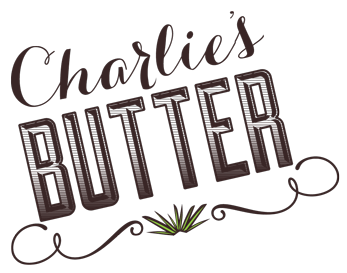 “A collection of delectable artisan pasture-fed butters made from only the finest ingredients. It all starts with butter from a small herd of cows that graze on the lush California coastal grasses. Wholesome organic spices and herbs are then combined with the butter, culminating in an extraordinary flavor experience.” Flavors like garlic-herb, cinnamon, honey, chili-lime and others all come packaged in glass jars.
“A collection of delectable artisan pasture-fed butters made from only the finest ingredients. It all starts with butter from a small herd of cows that graze on the lush California coastal grasses. Wholesome organic spices and herbs are then combined with the butter, culminating in an extraordinary flavor experience.” Flavors like garlic-herb, cinnamon, honey, chili-lime and others all come packaged in glass jars.
Pleasant Valley Ranch California Oranges
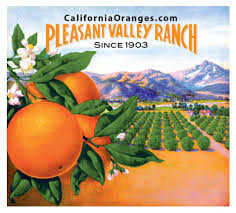 “Home of the world’s most delicious oranges!” Since 1909! Award-winning organic navel and valencia oranges, plus organic grapefruits, Minneola tangelos, and lemons.
“Home of the world’s most delicious oranges!” Since 1909! Award-winning organic navel and valencia oranges, plus organic grapefruits, Minneola tangelos, and lemons.
Avocado Organic
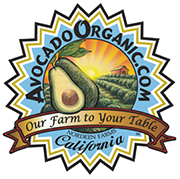 Certified organic California-grown Hass avocados straight from the farm. They are hand-picked, never gassed, and are bigger than other avocados. “Nordeen Organic Farm has produced fresh organic avocados for over 40 years in North County, San Diego. Our guarantee is that you will receive the healthiest, freshest avocados possible from our farm to your table. “ Ships November-July.
Certified organic California-grown Hass avocados straight from the farm. They are hand-picked, never gassed, and are bigger than other avocados. “Nordeen Organic Farm has produced fresh organic avocados for over 40 years in North County, San Diego. Our guarantee is that you will receive the healthiest, freshest avocados possible from our farm to your table. “ Ships November-July.
Avoganic
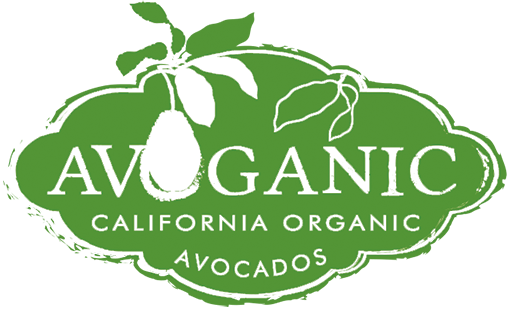 “The best avocados in the world! From our trees to your table in as little as 2 days.” Certified organic California Hass avocados and Meyer lemons.
“The best avocados in the world! From our trees to your table in as little as 2 days.” Certified organic California Hass avocados and Meyer lemons.
Fillmore Farms
 Raw, high quality, organic English Walnuts. grown in Northern California, one of the top English Walnut growing regions in the world. ” the climate, soil and water supply all combine to provide a wonderful growing environment. In addition to being grown with our existing organic farming methods, a portion of our crop is dried at ambient air temperature (ambient air dried) and never frozen. We believe this helps preserve the flavor and nutritional content of the raw walnut.” Certifications posted on website.
Raw, high quality, organic English Walnuts. grown in Northern California, one of the top English Walnut growing regions in the world. ” the climate, soil and water supply all combine to provide a wonderful growing environment. In addition to being grown with our existing organic farming methods, a portion of our crop is dried at ambient air temperature (ambient air dried) and never frozen. We believe this helps preserve the flavor and nutritional content of the raw walnut.” Certifications posted on website.
Thoughts on Earth Day 2017
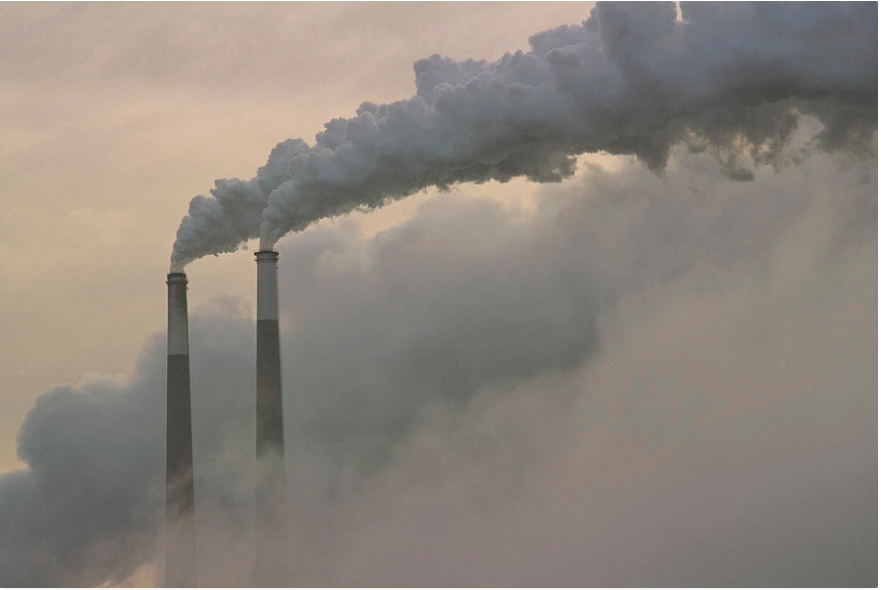 PHOTO CREDIT: Smoke Stacks Upper Ohio River by Gerry Ellis
PHOTO CREDIT: Smoke Stacks Upper Ohio River by Gerry Ellis
I first became aware of the “environment” in 1987. How that occurred is a whole story in itself, but
the result was that suddenly I became aware that the products I used every day not only could affect my health, but they could also affect the environment. And I began to explore this idea in a small newsletter printed on recycled paper called The Earthwise Consumer.
This was three years before “green” exploded in 1990 with the 20th anniversary of Earth Day and a little runaway bestselling book called 50 Simple Things You Can Do to Save the Earth. I happened to be there the day it was released. My booth was right next to theirs at some expo.
I wrote about both the health and environmental effects of consumer products for some years. The New York Times even called me “The Queen of Green.” But I came to a point where push came to shove and I decided I couldn’t consider everything. And I chose to go back to my roots and specialize in toxics. Because the green movement seemed not to be interested in toxics and health (green, after all, is about the environment), and someone needed to do this.
But more importantly, from my viewpoint, toxics is the most important environmental issue there is.
The whole environmental movement started because Rachel Carson wrote Silent Spring, which is about the poisoning of the environment by pesticides. The Environmental Protection Agency (EPA) was founded to protect the environment (not people) from toxics.
But our government doesn’t have a People Protection Agency (so I have to at least identify the toxic chemicals, find out where they are in consumer products, find the products that are free of these toxic chemicals, and make this known to the world so people who want to protect themselves and their loved ones from toxic exposures can have a choice).
If you’ve ever taken an airplane flight you have heard the stewardess say, “Put on your own oxygen mask first,” and then help others. Because without helping yourself and being healthy and able, you cannot help others.
And so for me, I decided to help get all the people of the world healthy first. Then we can help the environment. But as it turns out, every time each one of us makes the decision to not use a toxic product to help our own health, it also helps the environment.
On Easter morning I was thinking about what to write today, and I thought about a problem I’ve had for a number of years. The problem is how do I describe what I am working for without describing it as a negative. “Toxic-free” starts with the problem of toxics and says. “No. No toxics.” OK. A world without toxics.” What is that? What does it look like? What are we reaching for?
In the time it took for me to write this question in my journal, I had the answer.
Though I have a lot of attention on removing toxics from our homes and the marketplace of consumer products, that’s not what I’m really doing.
In my own mind and heart, I am aware of what I call “the world of Nature.” also known as “the environment.” For me, it’s a living, breathing, amazing ecosystem that once was pristine and now has been polluted by human activities.
So when I think of ‘toxic free” it’s a picture of our living planet, which includes all life processes and species, including us homo sapiens, without all the pollution. It’s a picture of us all belonging to this incredible system of life and supporting it with our actions instead of harming it. That’s what I’m reaching for. That’s what I’m imagining. That’s what I want in my heart of hearts.
The first step in healing from a poisoning is “remove the poison.” When we live toxic free, what we’re restoring is life. Our own human lives and life as a whole.
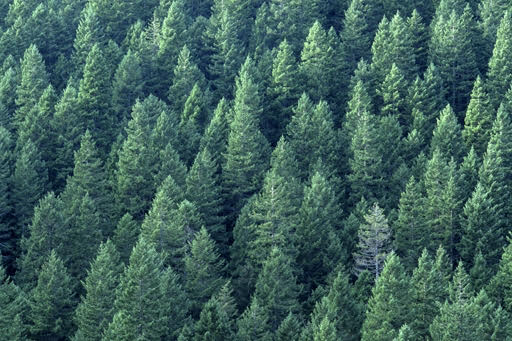
Sustainable Fashion?
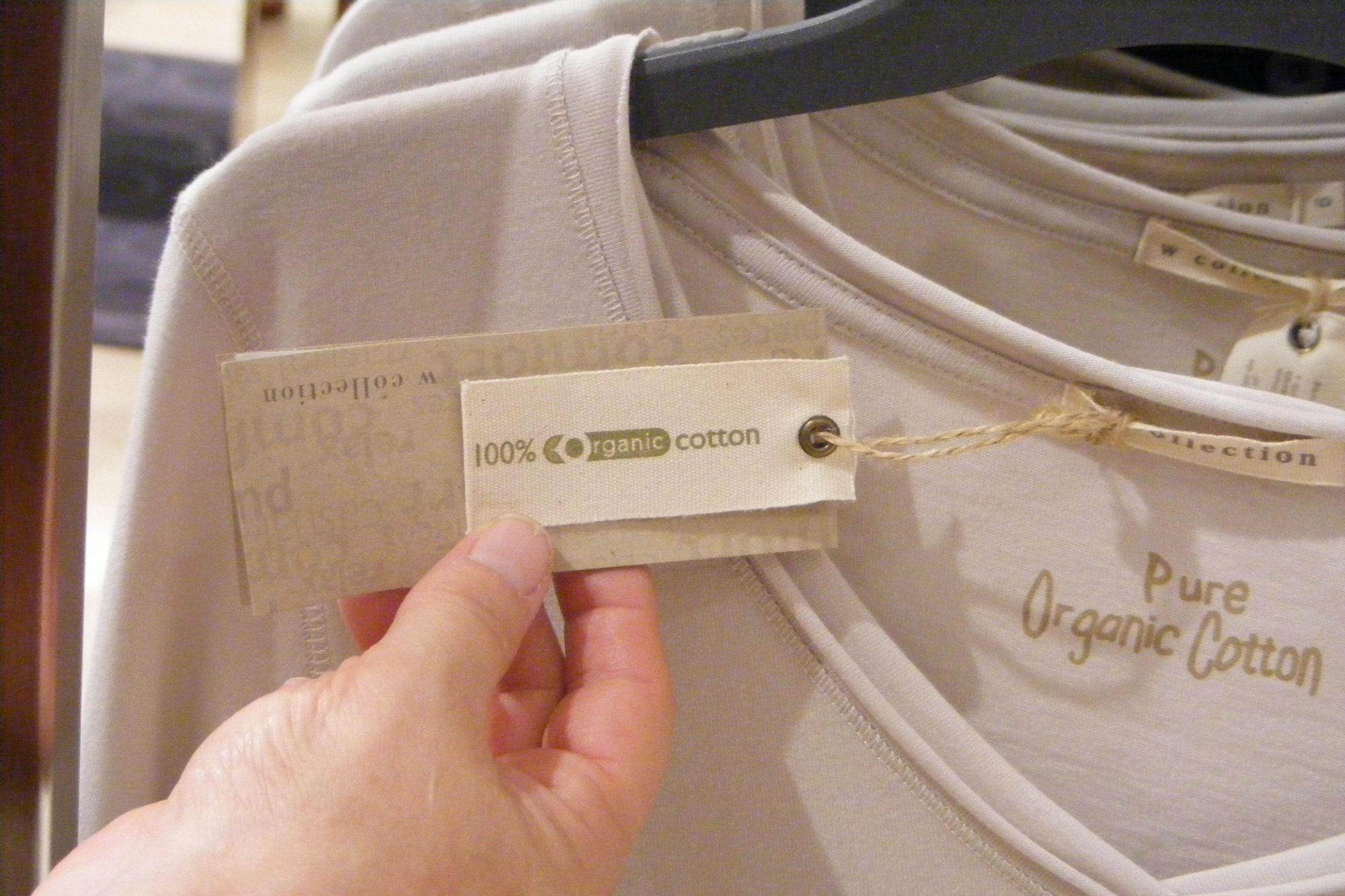
An article from the UK newspaper The Guardian last week reported on a partnership between the World Wildlife Fund (WWF) , the world’s largest conservation organization, and an London-based fashion community AwaytoMars to create “the world’s first 100% sustainable clothing line.”
The clothes will be made of a “newly designed” cotton fibre called Infinifed Fiber “that can be recycled an infinite number of times and which won’t, in theory, wear out.”
I couldn’t find more than that one page about this fiber, and no photos whatsoever, so I’m not sure if this is real or theoretical.
But I do know something about recycling paper, which is a similar process since it is recycling a natural cellulose material. You can’t infinitely recycle the same paper. You use a little material every time you recycle it. You have to keep adding new paper to mix with the old paper. Here’s a whole article about Why cotton is so difficult to recycle—and how clothing retailers hope to change that.
And I know something about making new fibers from cellulose. This is done every day. It’s called “rayon.” And you can’t recycle cellulose into fiber without a lot of chemicals. (Here’s another company also attempting to do this: Evrnu.
But here’s the bigger problem with this: it’s not sustainability.
Sustainability is about sustaining the life systems of planet Earth.
It’s about using the renewable resources that have been designed by Nature, in amounts that can be sustained by the system. Organic cotton is a perfect example of sustainability. You grow the cotton organically, and theoretically you could put that cotton right back into the field at the end of it’s useful life and it would regenerate the soil. That’s what a tree does. It pulls from the environment to make leaves, then drops it’s leaves back into the environment to restore the environment.
We should be supporting organic agriculture, not inventing new manmade processes.
Sustainability is also about not poisoning the system with toxic chemicals. Every time each one of us make a toxic-free choice, we are not only protecting our own health, we are also helping the environment.






